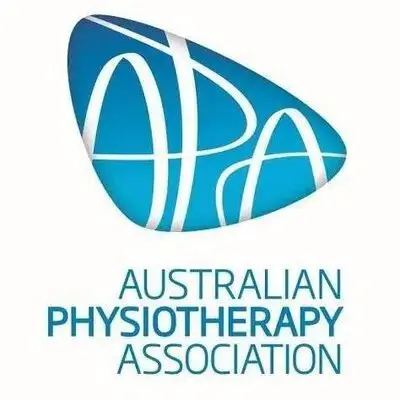Powerlifting and olympic weight-lifting has made a huge impact in the health & fitness industry. There’s now a growing need for the treatment of powerlifting injuries.
The trend we are seeing in gyms today is the addition of more squat racks, dead-lifting platforms and bumper plates. Lifting obscene amounts of weight by men and women has become increasingly popular in the gym community. This is matched by an increase in traumatic and repetitive strain injuries from this sport. Our therapists understand the complex movement patterns involved in the sport of powerlifting and olympic weight-lifting, and can effectively manage the common injuries that result through suboptimal technique and excessive overload. We can also provide you with restorative exercises that will ensure the longevity of your participation in the sport as well as working to prevent future injury.
Powerlifting revolves around three primary lifts:
- Squat
- Dead lift
- Bench Press
Powerlifters may include other movements into their exercise programs such as the shoulder press, front squat, sumo deadlift, and/or a variety of others. Their programming can depend on a number of factors including strength goals, physique or other limitations. Whilst the ultimate goal is to succeed in the three primary lifts, the route to success for each athlete can vary greatly. Being familiar with these aspects of the sport are integral to a therapist’s understanding of how to manage the athlete.
The primary lifts share a common risk factor with regard to joint health – compressive stress.
The squat and the deadlift produce large amounts of compression through the spine, whilst the bench press creates compression mostly through the shoulders. Whilst the body can withstand some of this loading, and even relies on compression to carry out certain metabolic processes, too much compression can be detrimental to the joints. Consistent over-loading of the joints may lead to premature degeneration and arthritis. The repetitive nature of this type of training also inevitably leads to wear and tear of the relevant anatomical structures. There is thus a need for therapeutic and preventative care amongst the powerlifting and weight-lifting community.
This care revolves around three pivotal premises: expert assessment, effective treatment, and preventative measures. Our therapists understand the relevant movement patterns involved in the sport of powerlifting and use this knowledge to identify your particular injury or shortcoming. Through extensive training and years of experience, we are well-equipped to provide high-quality treatment and useful take-home advice.
How can The Physicaltherapy Centre help?
Our therapists take an active interest in many sports, including powerlifting. Whilst we may not claim to be expert powerlifters, we do claim to have expert knowledge in understanding human movement, how the body responds to loading, and the development of repetitive strain injuries. We understand that people have different interests within the health and fitness industry and so we are committed to helping them achieve their goals. It is our goal to help you continue to do what it is you love and enjoy.
We believe that the combination of our treatment expertise and dedication to your ‘return to activity’ will enable the best outcome for you.
Treatment
If you feel that your lifting of heavy weights may be causing you injury, you might consider introducing these simple strategies into your exercise routine. Alternatively, The Physicaltherapy Centre offers a range of conservative treatment options that could be used to accelerate your recovery, and have you return to activity.




